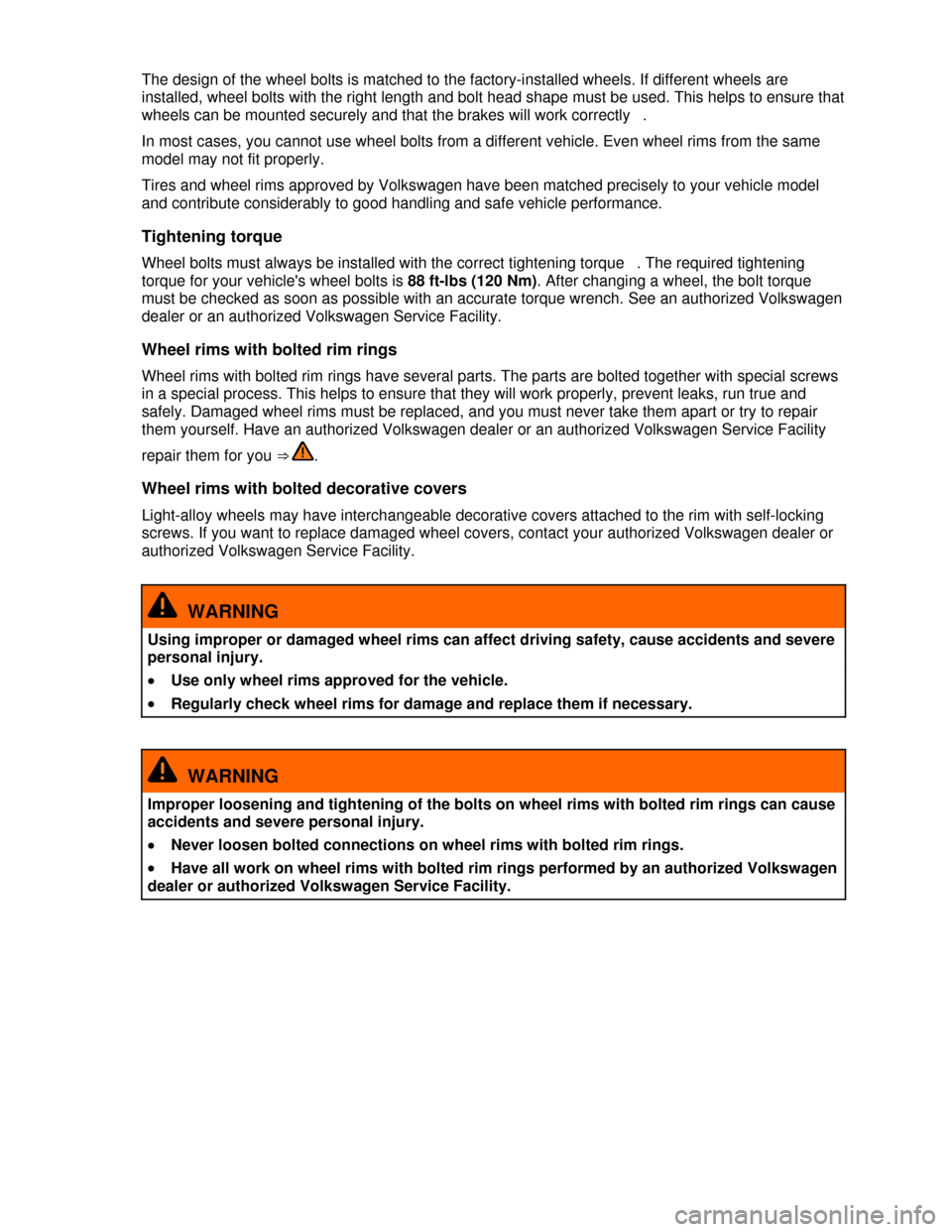Page 187 of 310

Sport Drive (S), or Reverse (R) and you must use the foot brake to hold the vehicle before starting to
move.
Hill Hold keeps the brake applied for not quite 2 seconds with the same force you used to prevent the
vehicle from moving. This gives you time to take your foot off the brake and gently depress the
accelerator to get the vehicle moving again. If you do not depress the accelerator pedal and get the
vehicle moving again within this time, the brakes will release and the vehicle will roll downhill.
Furthermore, if any requirement for engaging Hill Hold is no longer met while the vehicle is stopped,
Hill Hold disengages and the brakes are automatically released and will no longer hold the vehicle.
Hill Hold is activated automatically when the following conditions are all met at the same
time.
Points 1 to 3 must all be met at the same time:
Step Automatic transmission
1. Hold the stopped vehicle on an incline with the foot or parking brake.
2. The engine must be running “smoothly.”
3. An automatic transmission vehicle must be in Reverse (R), Drive (D), or Sport Drive (S)
and the foot brake must be depressed to keep the vehicle from moving.
4. To drive off, take your foot off the brake pedal and gently depress the accelerator within
2 seconds.
Hill Hold is immediately deactivated:
�x If any requirement listed in the table above is no longer met (see , Hill Hold is activated
automatically when the following conditions are all met at the same time.).
�x If the engine is not running smoothly or the engine malfunctions.
�x If the engine stalls or is switched off.
�x If the transmission is in Neutral (N).
�x If a tire does not have enough road contact (such as when the vehicle is tipped or at an angle).
WARNING
The intelligent technology of Hill Hold cannot overcome the laws of physics. Never let the
increased convenience provided by Hill Hold tempt you into taking risks.
�x The Hill Hold feature cannot hold the vehicle in all hill start situations (for example, if the
surface is icy or slippery).
�x Hill Hold can only help keep the vehicle from moving for less than 2 seconds. After that,
the brakes will be released and the vehicle can roll down the hill.
Page 239 of 310

The design of the wheel bolts is matched to the factory-installed wheels. If different wheels are
installed, wheel bolts with the right length and bolt head shape must be used. This helps to ensure that
wheels can be mounted securely and that the brakes will work correctly .
In most cases, you cannot use wheel bolts from a different vehicle. Even wheel rims from the same
model may not fit properly.
Tires and wheel rims approved by Volkswagen have been matched precisely to your vehicle model
and contribute considerably to good handling and safe vehicle performance.
Tightening torque
Wheel bolts must always be installed with the correct tightening torque . The required tightening
torque for your vehicle's wheel bolts is 88 ft-lbs (120 Nm). After changing a wheel, the bolt torque
must be checked as soon as possible with an accurate torque wrench. See an authorized Volkswagen
dealer or an authorized Volkswagen Service Facility.
Wheel rims with bolted rim rings
Wheel rims with bolted rim rings have several parts. The parts are bolted together with special screws
in a special process. This helps to ensure that they will work properly, prevent leaks, run true and
safely. Damaged wheel rims must be replaced, and you must never take them apart or try to repair
them yourself. Have an authorized Volkswagen dealer or an authorized Volkswagen Service Facility
repair them for you ⇒ .
Wheel rims with bolted decorative covers
Light-alloy wheels may have interchangeable decorative covers attached to the rim with self-locking
screws. If you want to replace damaged wheel covers, contact your authorized Volkswagen dealer or
authorized Volkswagen Service Facility.
WARNING
Using improper or damaged wheel rims can affect driving safety, cause accidents and severe
personal injury.
�x Use only wheel rims approved for the vehicle.
�x Regularly check wheel rims for damage and replace them if necessary.
WARNING
Improper loosening and tightening of the bolts on wheel rims with bolted rim rings can cause
accidents and severe personal injury.
�x Never loosen bolted connections on wheel rims with bolted rim rings.
�x Have all work on wheel rims with bolted rim rings performed by an authorized Volkswagen
dealer or authorized Volkswagen Service Facility.
Page 253 of 310

Passenger car tire
A tire intended for use on passenger cars, multipurpose passenger vehicles, and trucks, that have a
gross vehicle weight rating (GVWR) of 10,000 pounds or less.
Ply
A layer of rubber-coated parallel cords.
Ply separation
A parting of rubber compound between adjacent plies.
Pneumatic tire
A mechanical device made of rubber, chemicals, fabric, and steel or other materials, that, when
mounted on an automotive wheel, provides the traction and contains the gas or fluid that sustains the
load.
Production options weight
The combined weight of installed regular production options weighing over 5 lbs (2.3 kg) more then the
standard items they replace, and not previously considered as curb weight or accessory weight. These
include, for example, heavy-duty brakes, ride levelers, roof rack, heavy-duty battery, and special trim.
Radial ply tires
A pneumatic tire in which the ply cords that extend to the beads are laid at substantially 90 degrees to
the centerline of the tread.
Recommended inflation pressure
The tire pressure recommended by the vehicle manufacturer for a tire of a specified size that has not
been driven for more than a couple of miles (kilometers) at low speeds in the 3 hour period before the
tire pressure is measured or adjusted.
Reinforced tire
A tire designed to operate at higher loads and at higher inflation pressures than the corresponding
standard tire.
Rim
The outer edge of a wheel upon which the tire beads are seated.
Rim diameter
The nominal diameter of the wheel's tire bead seating surface. If you change your wheel size, to
wheels of a different diameter, you will have to purchase new tires to match the new wheels.
Rim size
Designation means rim diameter and width.
Rim type designation
The industry or manufacturer's designation for a rim by style or code.
Rim width
The nominal distance between wheel rim flanges.
Section width
The linear distance between the exteriors of the sidewalls of an inflated tire, excluding elevations due
to labeling decoration, or protective bands.
Sidewall
The portion of a tire between the bead and the tread.
Page 256 of 310
WARNING
Overloading a vehicle can cause loss of vehicle control, a crash or other accident, serious
personal injury, and even death.
�x Carrying more weight than your vehicle was designed to carry will prevent the vehicle
from handling properly and increase the risk of the loss of vehicle control.
�x The brakes on a vehicle that has been overloaded may not be able to stop the vehicle in a
safe distance.
�x Tires on a vehicle that has been overloaded can fail suddenly, including a blowout and
sudden deflation, causing loss of control and a crash.
�x Always make sure that the total load being transported – including the weight of a trailer
hitch and the tongue weight of a loaded trailer – does not make the vehicle heavier than the
vehicle's Gross Vehicle Weight Rating.
Determining the correct load limit
�
Page 306 of 310

WARNING
Towing a vehicle changes the way it handles and brakes. To help reduce the risk of an
accident and serious personal injury, note the following:
�x The driver of the vehicle that is being towed:
– Since the brake booster also does not work when the engine is stopped, you will need
to press harder on the brake pedal to slow down or stop. Always be alert so as not to rear-
end the towing vehicle.
– Will have to use considerably more force to turn the steering wheel because the power
steering is not working.
�x The driver of the vehicle that is doing the towing:
– Must accelerate gradually and gently and avoid jerking movements.
– Must not brake hard or steer sharply.
– Must brake earlier and more gently than in normal driving.
NOTICE
�x Be careful not to damage the paint when installing and removing the towing eye and the
cover for the threaded hole behind the bumper.
�x Unburned fuel can get into the catalytic converter during towing and damage it.
Towing on a commercial tow truck
�